Have you ever wondered what’s really going on behind your cat’s mysterious eyes? The truth is, our feline friends are experts at hiding their feelings. But if you look closely, your cat’s happiness—or sadness—can be as clear as day. Imagine discovering that your beloved kitty’s quirky habits are actually little love notes just for you. Or maybe, there’s a hidden cry for help you’ve missed. Understanding these signs can transform your relationship with your cat, deepening the bond and ensuring your furry companion thrives. Let’s unlock the secret language of cats and see which signals you’ve been missing.
Purring With Contentment
When a cat purrs softly in your presence, it’s like their way of saying, “I’m happy you’re here.” This gentle rumble is often a direct sign of comfort and pleasure. Purring can happen when your cat is curled up on your lap, basking in the sun, or even kneading a soft blanket. It’s the feline equivalent of a human’s sigh of satisfaction. However, don’t be fooled—sometimes cats purr when they’re scared or in pain, but a relaxed body language paired with purring is a solid indicator of happiness. Watch for those slow blinks and a soft, loose posture alongside the soothing sound. When your cat chooses to purr around you, it’s a sign of trust and peacefulness. Isn’t it heartwarming to know you’re the reason behind that gentle hum?
Slow Blinking and Soft Eyes
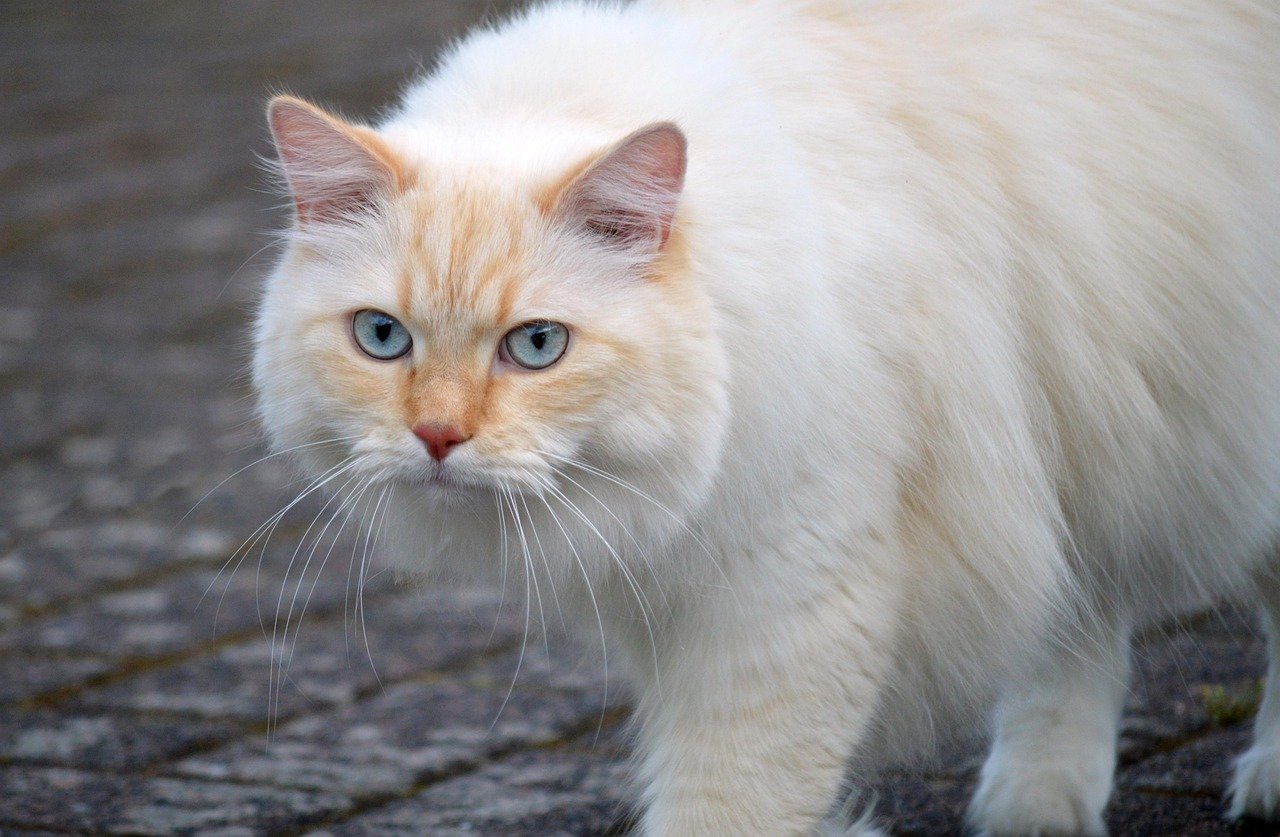
Have you ever noticed your cat gazing at you and slowly closing their eyes? This is nothing short of a feline kiss! When cats slowly blink, they’re expressing affection and a sense of safety. It’s a vulnerable gesture, showing they trust you enough to let their guard down. Try returning the gesture—slowly blink back and watch your cat’s reaction. Many cat lovers swear by this “love language” as a way to strengthen their bond. Soft, half-closed eyes also signal that your cat feels calm and content. The next time your kitty gives you that dreamy-eyed look, know that you’re truly cherished.
Kneading With Their Paws
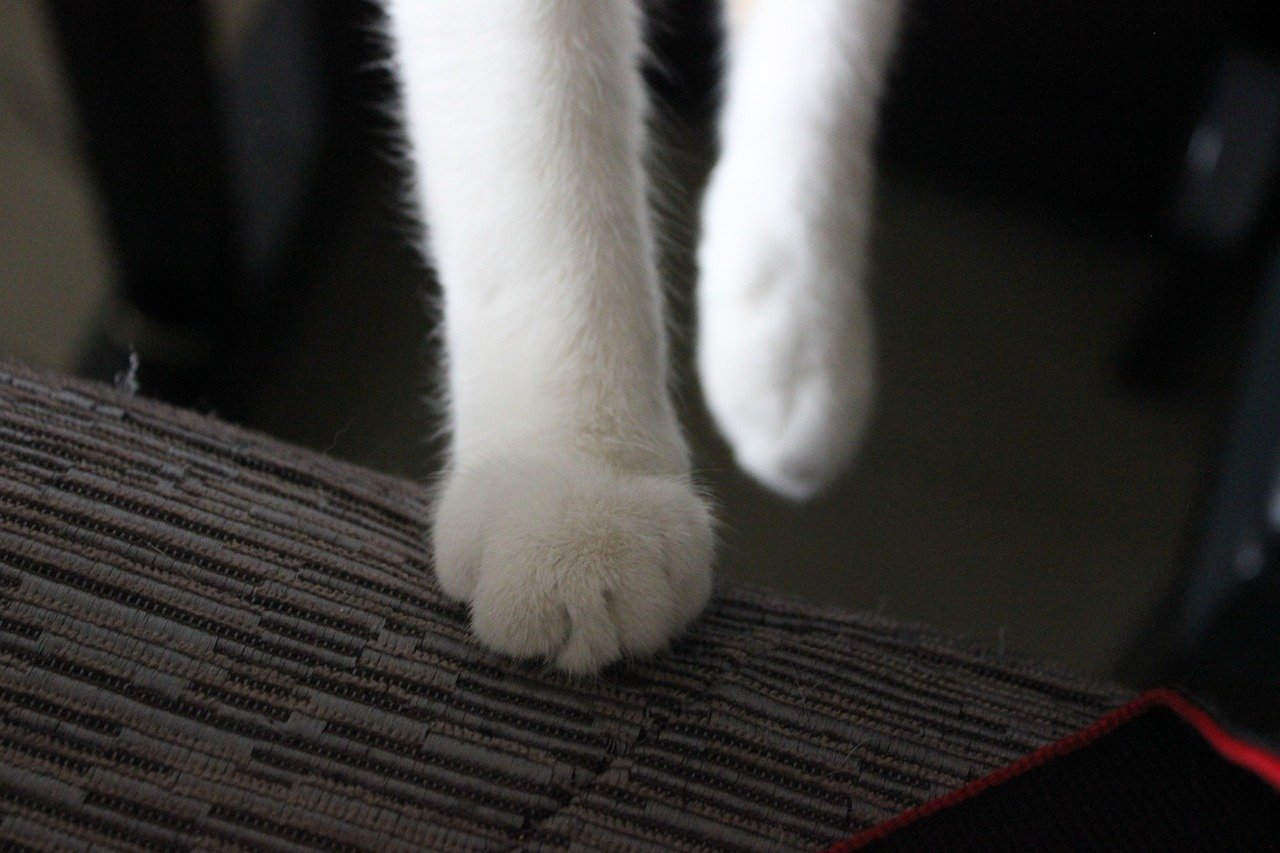
Kneading is one of the most adorable and telling signs of a happy cat. When your furry friend pushes their paws in and out against a soft surface, it often harks back to kittenhood, when they kneaded their mother’s belly for milk. Adults cats continue this comforting behavior when they feel safe and happy. You might notice your cat kneading your lap, a favorite blanket, or even your tummy. Some cats even drool a little while kneading—another sign of pure bliss. If your cat is kneading in your presence, it’s a clear compliment: they feel loved and completely at ease. It’s a gesture that says, “This is my happy place.”
Playful and Energetic Behavior
A happy cat is a playful cat! Whether your feline is chasing a feather wand, batting at a ball, or simply pouncing on invisible prey, playfulness is a vibrant sign of kitty contentment. Play engages their natural instincts and keeps their minds sharp. You might find your cat initiating games, bringing you toys, or even inventing their own fun—like racing around the house at 2 a.m. This burst of energy isn’t just entertaining; it’s a sign that your cat feels safe, healthy, and joyful. Try joining in with interactive toys or laser pointers to keep their spirits high and deepen your connection.
Healthy Appetite and Curious Sniffing
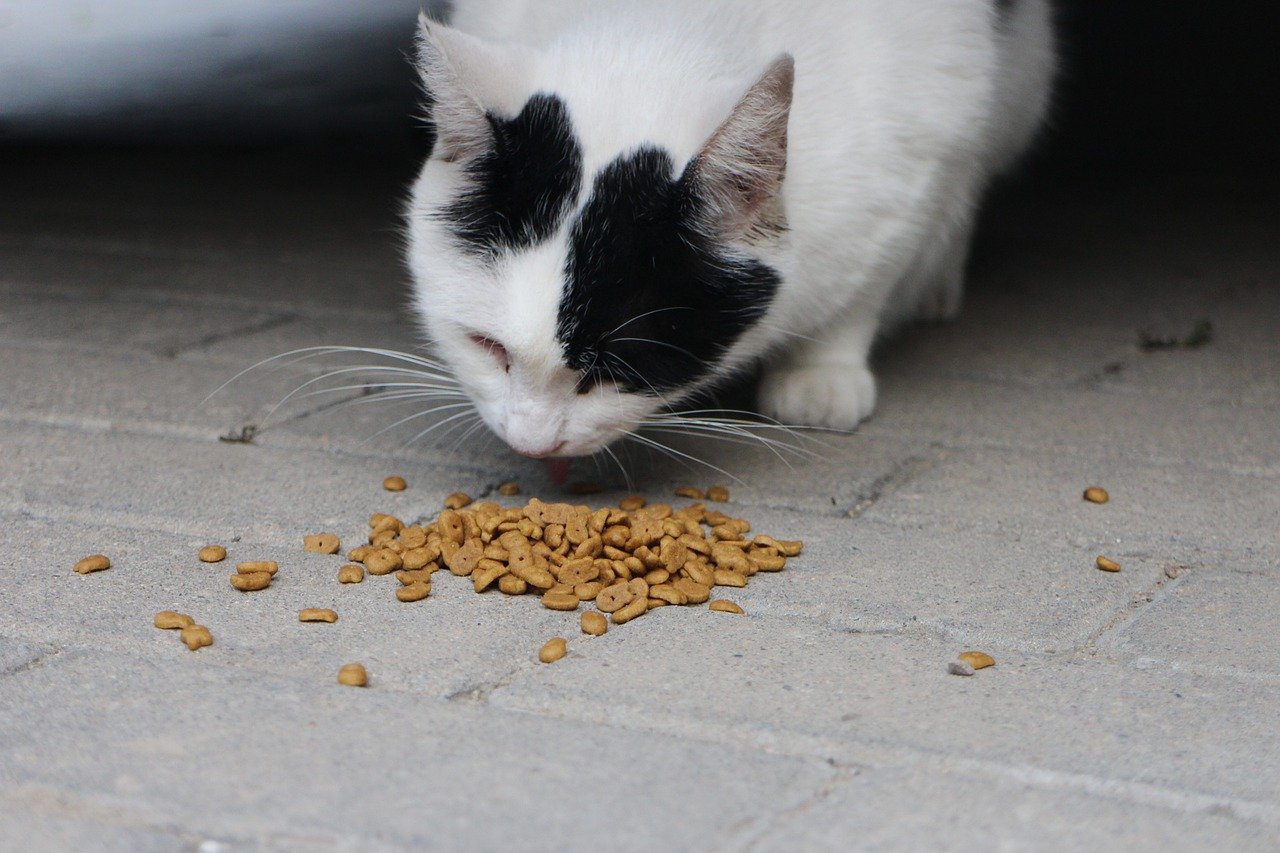
Nothing says “I’m thriving” like a cat with a healthy appetite. Happy cats look forward to mealtimes, eagerly trotting over when they hear the familiar sound of food being prepared. They’ll often sniff around, investigating new scents with gentle curiosity. If your cat greets you at the door or rubs against your leg while you dish out their meal, you’re witnessing contentment in action. A curious nose poking into shopping bags or sniffing your shoes can also show a zest for life. Remember, a sudden loss of appetite or lack of interest in food can be a warning sign, so cherish those happy munches.
Tail Held High and Upright
A cat’s tail is like an emotional antenna, broadcasting their mood for all to see. When your cat struts around with their tail held high, it’s a sign of confidence and happiness. The tip of the tail may even twitch or curl, showing extra excitement. This tail posture means your cat feels secure in their territory and comfortable with their humans. Watch for a proudly upright tail when your cat greets you—it’s the feline way of waving hello. Conversely, a low or tucked tail can signal fear or sadness, so a high tail is always a great sign to spot around the house.
Affectionate Head Butts and Nuzzling
If your cat ever bumps their head gently against you, consider it one of the highest honors in the feline world. Head butting, or “bunting,” is your cat’s way of marking you with their scent—a loving gesture that claims you as part of their inner circle. Nuzzling against your face, hand, or even your phone is another affectionate behavior that signals happiness and trust. These gestures are deeply rooted in cat social behavior, reserved for those they truly care about. If you receive a nuzzle or head butt, you can be sure your cat feels completely safe and loved in your presence.
Relaxed Body Language
A happy cat’s body is the very picture of relaxation. You’ll notice loose limbs, a softly swaying tail, and sometimes even a little belly exposed—an ultimate sign of trust. Cats who feel at ease may stretch out on their backs, curl up in sunbeams, or sprawl contentedly on your bed. Their whiskers will be relaxed, not pulled back, and their ears will rest in a natural, forward-facing position. A calm, unhurried pace as they move around the house is another clue. If your cat chooses to relax near you, it’s a clear endorsement of your bond.
Chirping, Trilling, and Friendly Meows
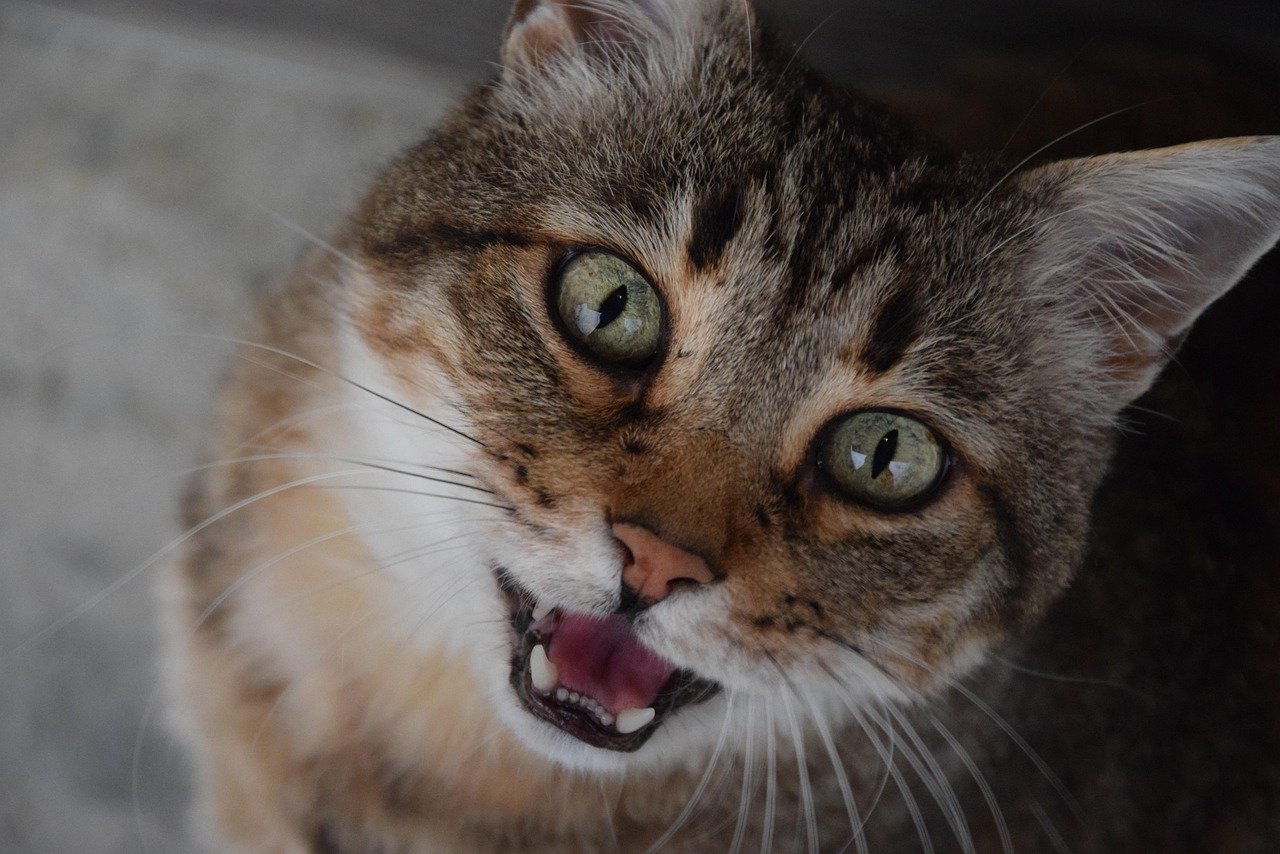
Happy cats are often quite vocal in their own special way. You might hear cheerful chirps, gentle trills, or friendly meows, especially when your cat wants attention or is excited to see you. These sounds are usually higher-pitched and soft, quite different from distressed yowls or growls. Some cats develop a unique “language” just for their favorite humans, using vocalizations to communicate their needs or simply to say hello. Responding to your cat’s happy chatter with your own friendly tone can make them feel even more understood and cherished.
Curiosity and Interest in Surroundings
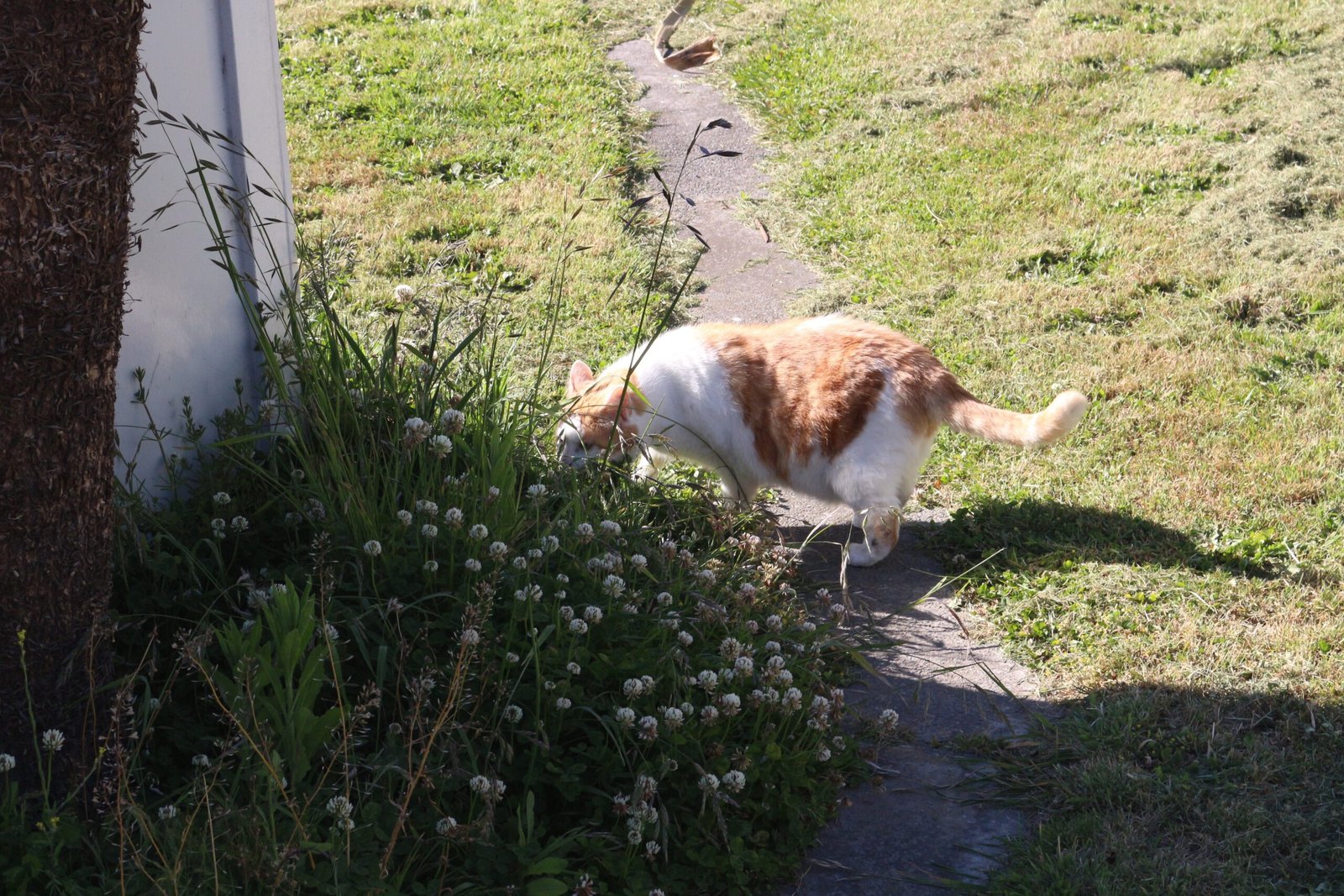
Curiosity didn’t just kill the cat—it’s also a sign of their happiness! A content kitty loves to explore, peek out the window, or investigate new things around the house. You’ll see them sniffing, pawing, or watching birds with keen interest. This willingness to explore shows your cat feels secure and stimulated. Even older or less active cats will display some level of interest in their environment when they’re happy. Providing them with safe spaces to climb, perch, and observe can keep their spirits high and their minds sharp.
Sudden Hiding or Withdrawal
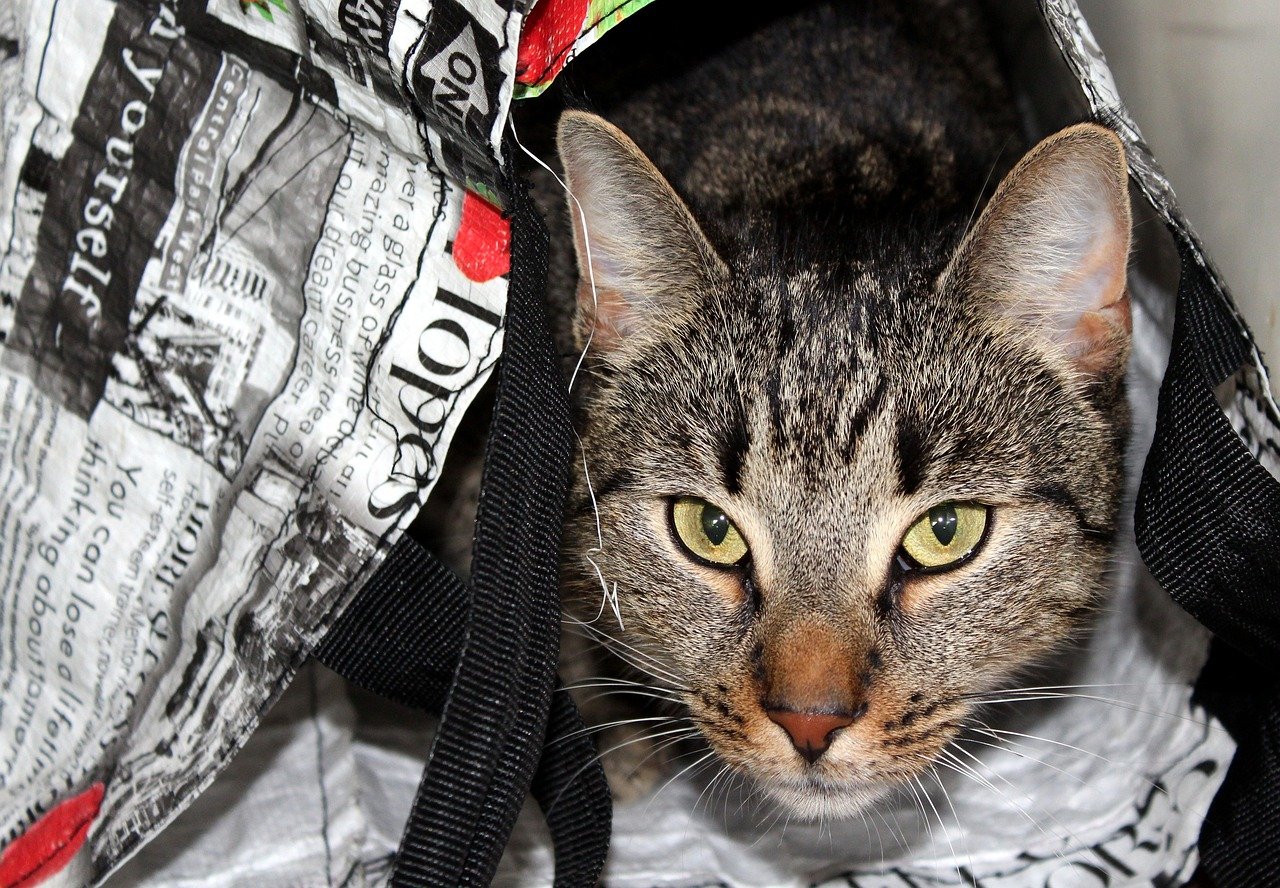
Now, let’s look at the warning signs. If your usually sociable cat suddenly starts hiding under the bed or avoids interaction, it could be a red flag. Cats are creatures of habit, and a shift toward isolation often signals sadness, stress, or even illness. You might notice your cat disappearing for long stretches or avoiding places they once loved. This withdrawal can stem from changes in the environment, loss of a companion, or simply feeling unwell. Don’t ignore these signs—your cat may need extra comfort or a checkup with the vet.
Loss of Appetite or Overeating
Changes in eating habits are a huge clue about your cat’s emotional state. A sad or stressed cat may lose interest in food, turning up their nose at treats they once adored. On the other side, some cats might overeat out of boredom or anxiety. Watch for weight changes, refusal to eat, or sudden begging for food. These shifts can point to underlying sadness, discomfort, or stress. If you notice these changes, it’s wise to investigate further and consider a vet visit to rule out medical issues.
Neglecting Grooming or Excessive Grooming
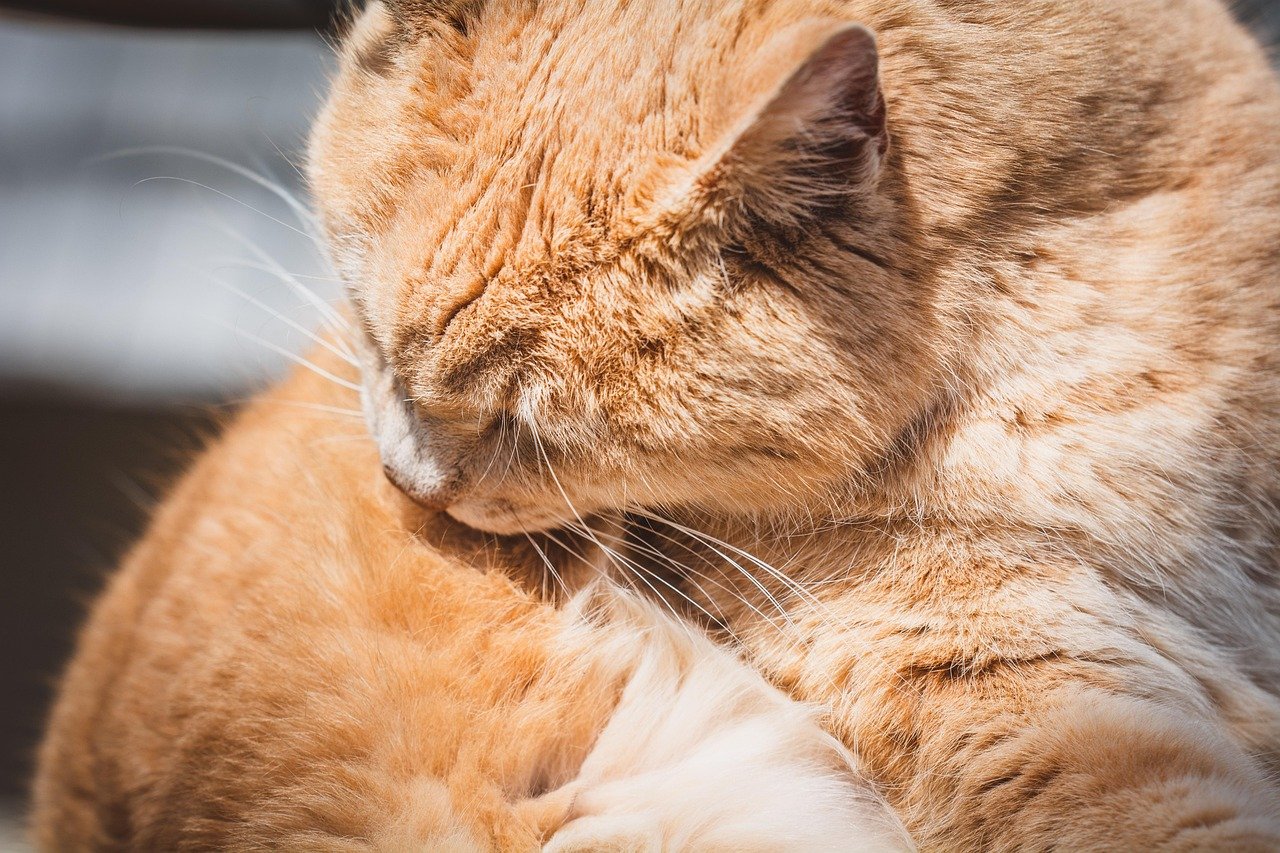
Grooming habits reveal a lot about how your cat feels. A sad cat may stop grooming altogether, leading to a messy, greasy coat. On the flip side, excessive licking, especially to the point of bald spots, can signal anxiety or sadness. You might spot your cat ignoring their usual cleaning rituals, or obsessively licking one area. Both extremes are cries for help and shouldn’t be brushed off. Regular grooming is a sign of wellness—so noticeable changes are worth your attention.
Frequent Hissing, Growling, or Aggression
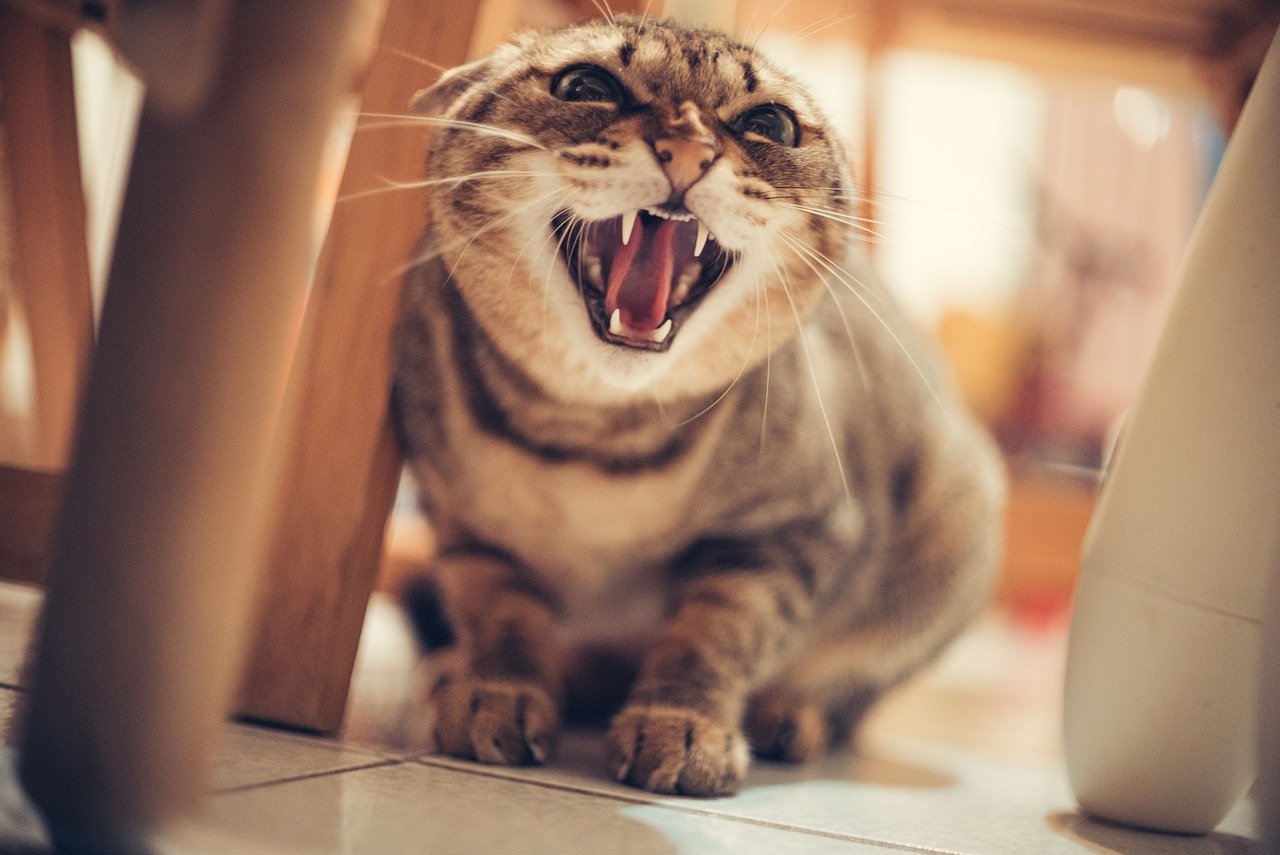
Uncharacteristic aggression is another sign that something isn’t right. If your normally sweet cat starts hissing, growling, or swatting, they may be feeling sad, threatened, or unwell. This behavior can be directed at people, other pets, or even inanimate objects. Aggression can be a defense mechanism when a cat feels vulnerable or out of sorts. It’s important not to punish your cat for these outbursts, but to look for underlying causes—be it changes in the household, pain, or emotional distress.
Excessive Sleeping or Lethargy
While cats are famous for their love of sleep, too much sleep or sudden lethargy can indicate sadness or illness. If your cat seems less interested in play, ignores you, or spends all day sleeping in hidden spots, it may be more than just laziness. Lethargy, especially if paired with other signs of sadness or illness, should always be taken seriously. Cats are experts at masking discomfort, so any dramatic change in energy levels is worth investigating to keep your furry friend healthy and happy.
A happy cat doesn’t need words to show how content they are—it’s all in the purrs, slow blinks, and cozy naps in your lap. But noticing the subtle signs of sadness is just as important for keeping your feline friend feeling their best. By tuning into both the joyful cues and the quiet red flags, you’re building a bond rooted in care and trust. After all, a happy cat means a happy home—for both of you.

Linnea is a born and bred Swede but spends as much time as possible in Cape Town, South Africa. This is mainly due to Cape Town’s extraordinary scenery, wildlife, and atmosphere (in other words, because Cape Town is heaven on earth.) That being said, Sweden’s majestic forests forever hold a special place in her heart. Linnea spends as much time as she can close to the ocean collecting sea shells or in the park admiring puppies.





